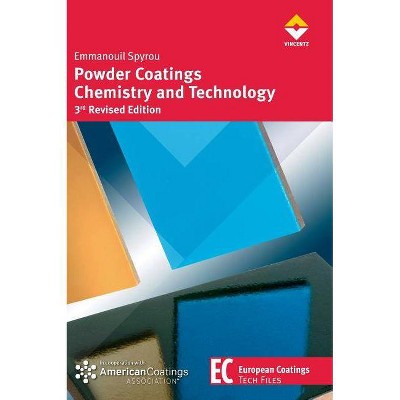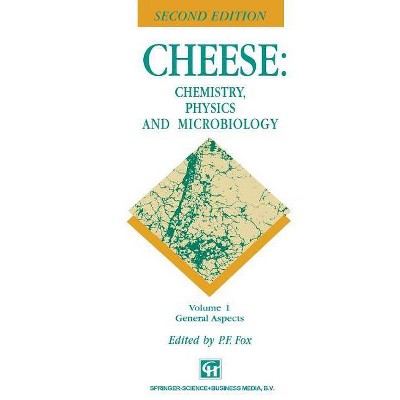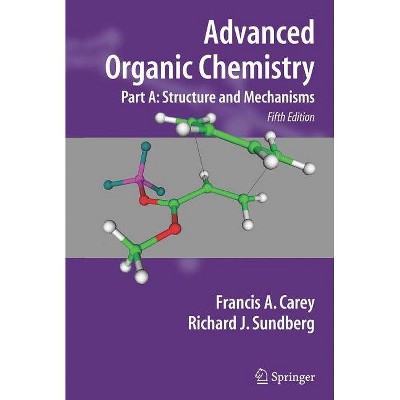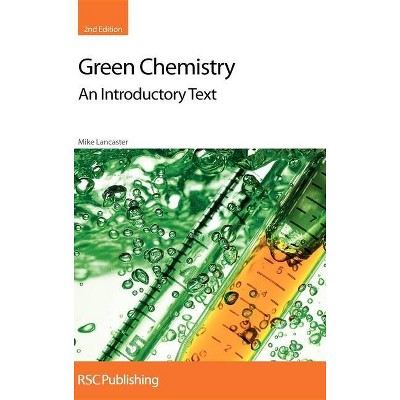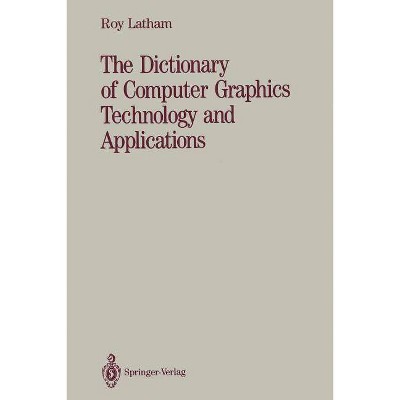Chemistry and Technology of Lubricants - 3rd Edition by Roy M Mortier & Malcolm F Fox & Stefan T Orszulik (Hardcover)
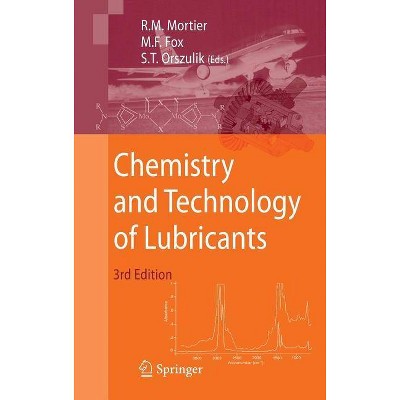
Similar Products
Products of same category from the store
AllProduct info
<p/><br></br><p><b> About the Book </b></p></br></br><p>In addition to its description of the chemistry and technology of base oils, additives and applications of liquid lubricants, this third edition reflects the chemical and technological development of lubricants since the first edition was published in 1992.</p><p/><br></br><p><b> Book Synopsis </b></p></br></br><p>"Chemistry and Technology of Lubricants" describes the chemistry and technology of base oils, additives and applications of liquid lubricants. This Third Edition reflects how the chemistry and technology of lubricants has developed since the First Edition was published in 1992. </p> <p>The acceleration of performance development in the past 35 years has been as significant as in the previous century: Refinery processes have become more precise in defining the physical and chemical properties of higher quality mineral base oils. New and existing additives have improved performance through enhanced understanding of their action. Specification and testing of lubricants has become more focused and rigorous. </p> <p>"Chemistry and Technology of Lubricants" is directed principally at those working in the lubricants industry as well as individuals working within academia seeking a chemist's viewpoint of lubrication. It is also of value to engineers and technologists requiring a more fundamental understanding of the subject.</p><p/><br></br><p><b> From the Back Cover </b></p></br></br><p><em>The Chemistry and Technology of Lubricants</em> describes the chemical components that contribute to the formulation of liquid lubricants followed by discussion of lubricant technology for specific applications. The individual components are described in Part I: Base Fluids and in Part II: Additives. Part I covers the manufacture and properties of the most common base fluid types derived either from mineral oil or by synthesis, including products from natural gas via gas-to-liquid processes. Part II describes the manufacture, mode of action and performance of the additives that are used to supplement and enhance the performance of base fluids. The use of vegetable oils is also included. Part III: Applications covers the major areas of application of liquid lubricants and each chapter is focused on technology requirements specific to the application. The book is completed by Part IV: Performance which describes more generic technology related to aspects of condition monitoring, environmental impact and industry testing.</p> <p></p> <p><em>The Chemistry and Technology of Lubricants</em> will be of use to those in both academia and industry who are working on lubricants or related areas of research and development. It will be of particular relevance for those in industry who are involved with lubricant additives, formulation and testing as well as those who are concerned with the use and specification of lubricants. Academic interest will include related chemistry and applied chemistry research as well as certain areas of mechanical engineering such as surface engineering and tribology.</p>
Price History
Price Archive shows prices from various stores, lets you see history and find the cheapest. There is no actual sale on the website. For all support, inquiry and suggestion messagescommunication@pricearchive.us
